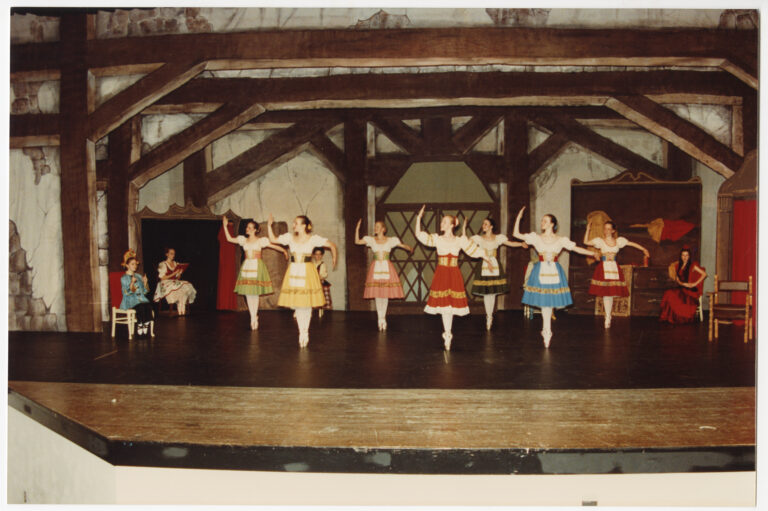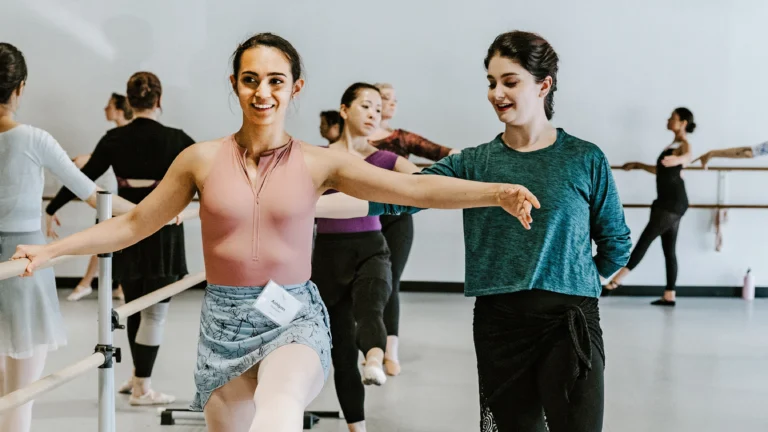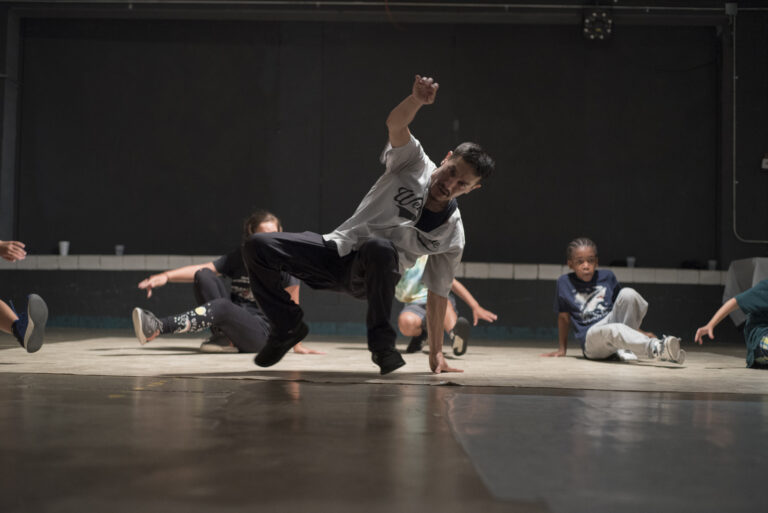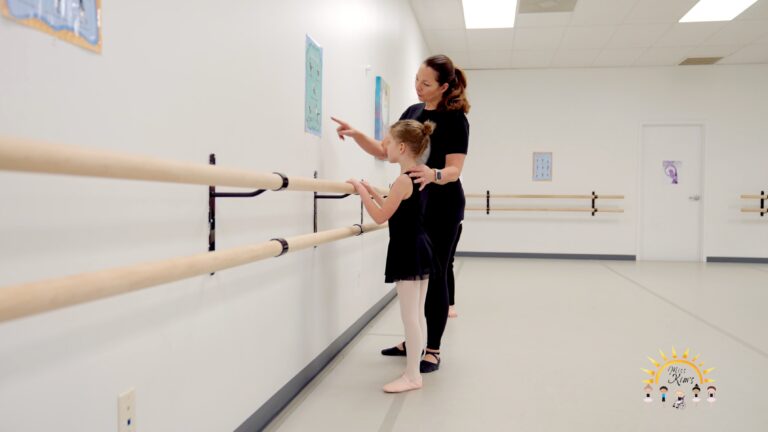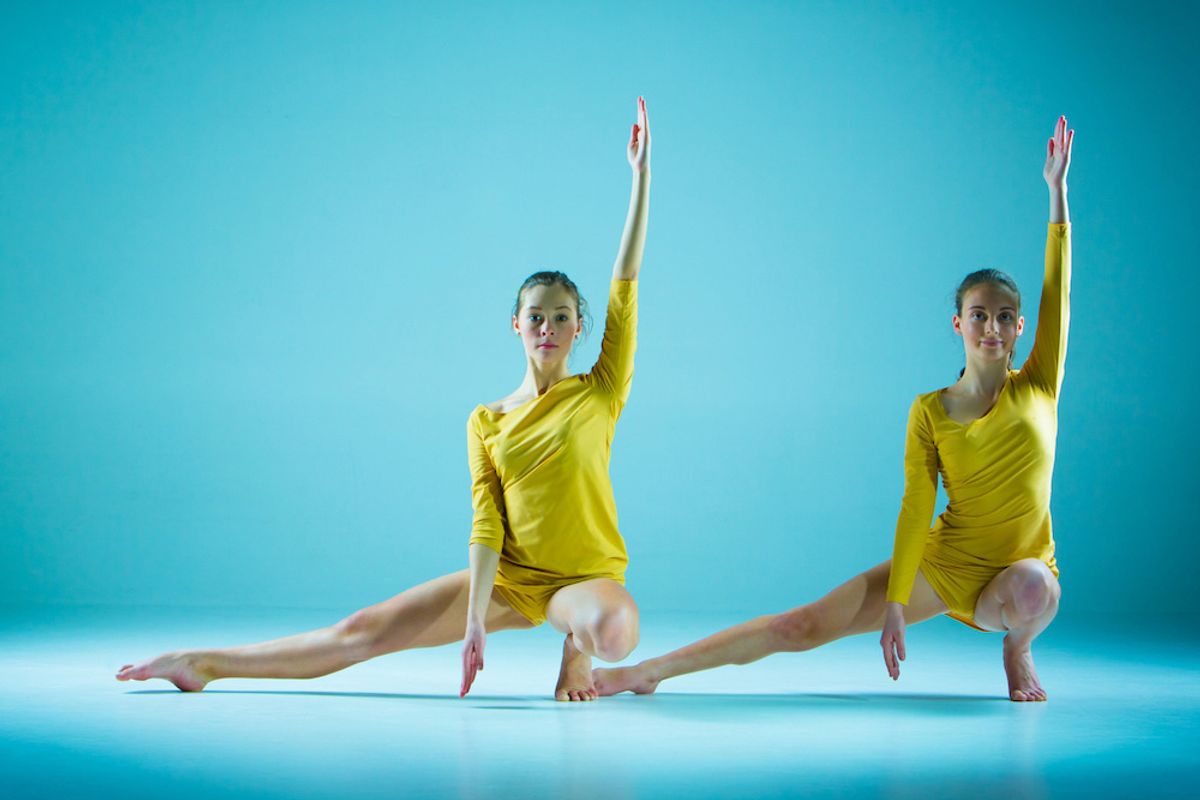
Costumes are one of the most important parts of your annual recital and competition routines, yet the process of choosing what your dancers will wear, measuring them accurately and ordering your selections can be fraught with second-guessing. We compiled your questions and asked the experts—the costume companies, that is—for their frank advice and guidance.
Q: I’ve got a class of 10-year-olds with a wide range of shapes and sizes. What’s the most universally flattering costume shape?
“Something that has the focal point on the upper bodice, to highlight the dancer’s face. Asymmetrical design lines are so much better than horizontal lines. But fit is the most important. Any costume is more flattering if it fits properly—not too tight, and not baggy or boxy.”
—Deborah Nelson, Satin Stitches
“The tunic. It hides all bumps and lumps. It can be worn alone, or it can be worn with shorts or pants. It’s a universal silhouette.”
—Trudy Christ, Body Wrappers
“If you’re dancing lyrical, you can’t lose with an empire waist. It hides a midsection that isn’t perfect, and the skirt lengthens the leg when you’re moving. Overall, diagonal lines on a body—that either form a V or work their way diagonally down a body—lengthen a person. Think about the iconic wrap dress: It’s been around for years. The neckline, the way it wraps—it looks flattering on everyone.”
—Betsy Skaroff, A Wish Come True
“Anything that has a tank block neckline is flattering to all kids—maybe even a sweetheart neckline that has a mesh overlay that goes into a tank. That neckline gives coverage across the board, and it’s not too risky for any age range. A skirt of some sort is good, too: circle, party, traditional, high-low.”
—Ashley Zimmerman, Curtain Call
“A skirt that sits at the natural waist with a little flare is the most figure-flattering. My best advice is: Don’t hide the curves—instead, draw attention to the waist and have fun with a skirt.” —Jenilee Houghton, Revolution Dancewear
Q: What’s the best way to measure for costumes?
“Remember that there is no universal size measurement. Each costume company develops their own. Always follow what that particular manufacturer recommends for their costumes.”
—Nelson, Satin Stitches
“The student should be measured in a leotard. The girth is the most important measurement, because so many costumes are based on a unitard or a leotard or a shortall. Our costumes really do fit true to size. We don’t tell people to size up if they’re at the end of a size. Most of our fabrics have four-way stretch.”
—Renee Stojek, A Wish Come True“
We have sizing sets that you can borrow for up to two weeks, for free. It’s a leotard that students can try on, so you can see ‘How does a child medium fit?’ Studio owners know their kids best: If you know your kid has had a huge growth spurt, keep that in mind. Girth is definitely important. I think the bust is another important measurement. Ask yourself, ‘Is it easy for me to alter this if it’s going to be too big in the bust?’ Or you can figure, ‘The girth is going to stretch more in this costume, so I should go for the smaller size.'”
—Zimmerman, Curtain Call
Q: If my recital is in June, when should I place my costume order? What if my first competition is in February?
“Most studios place their recital costume orders in December and January and their competition orders in October and November. We know how important it is for studio owners to be able to add a student to a class later in the season or have their costumes ordered on short notice. Since we always have a wide variety of our styles in stock when you need them, it takes some of the pressure off. We ship those out same-day, out of our warehouse in the Chicago area, so most studios receive the shipment within two business days.”
—Niki Arias, Revolution Dancewear
“Across the board, for any company, I would order before the early-bird discount expires. But order in advance of that date—don’t let your order be one of many that day.”
—Zimmerman, Curtain Call
Q: I only have one or, at most, two boys in any class at my studio, but I don’t want their costumes to feel like an afterthought. How should I costume them?
“Match the girls by color. If the girls have a pink dress, maybe the boys wear a pink shirt. We have dance slacks designed by Robbie Fairchild that look like regular pants—they have a belt loop and a faux zipper.”
—Christ, Body Wrappers
“If the girls are in a sequined diamond print, say, give him a vest in the same print. If she’s in a pink sequined tutu, maybe a pink shirt that has a foil but isn’t covered in sequins.”
—Skaroff, A Wish Come True
“If your studio is very budget-aware, have one pair of pants and one white shirt, and just change out the cummerbund for each dance. That makes the parents happy. I try to find one really cool, trendy item that will make the boys feel just as special as the girls: a jacket, a sequin bow tie, a sequin cummerbund, the standard sequin vest. I encourage studio owners to find a complimentary fabric. The boys deserve something trendy, too!”
—Zimmerman, Curtain Call
Q: What are this year’s recital costume trends?
“Digital prints are a new thing. Plus a return to sequins—more bling than last year. Also, back skirts [a skirt that’s attached at the back] for lyrical and novelty leggings as bottoms, replacing hip-hop pants.”
—Skaroff, A Wish Come True
“The cold shoulder is still super-popular. Digital prints and ombrés, too. With the little ones, definitely big hair pieces—headbands, flowers, bows.”
—Zimmerman, Curtain Call
“More lace and sheers, lots of appliqués, beading and rhinestones. Fewer boy shorts and more of a retro leg—it’s more flattering and allows the look of a longer leg.” —Nelson, Satin Stitches

